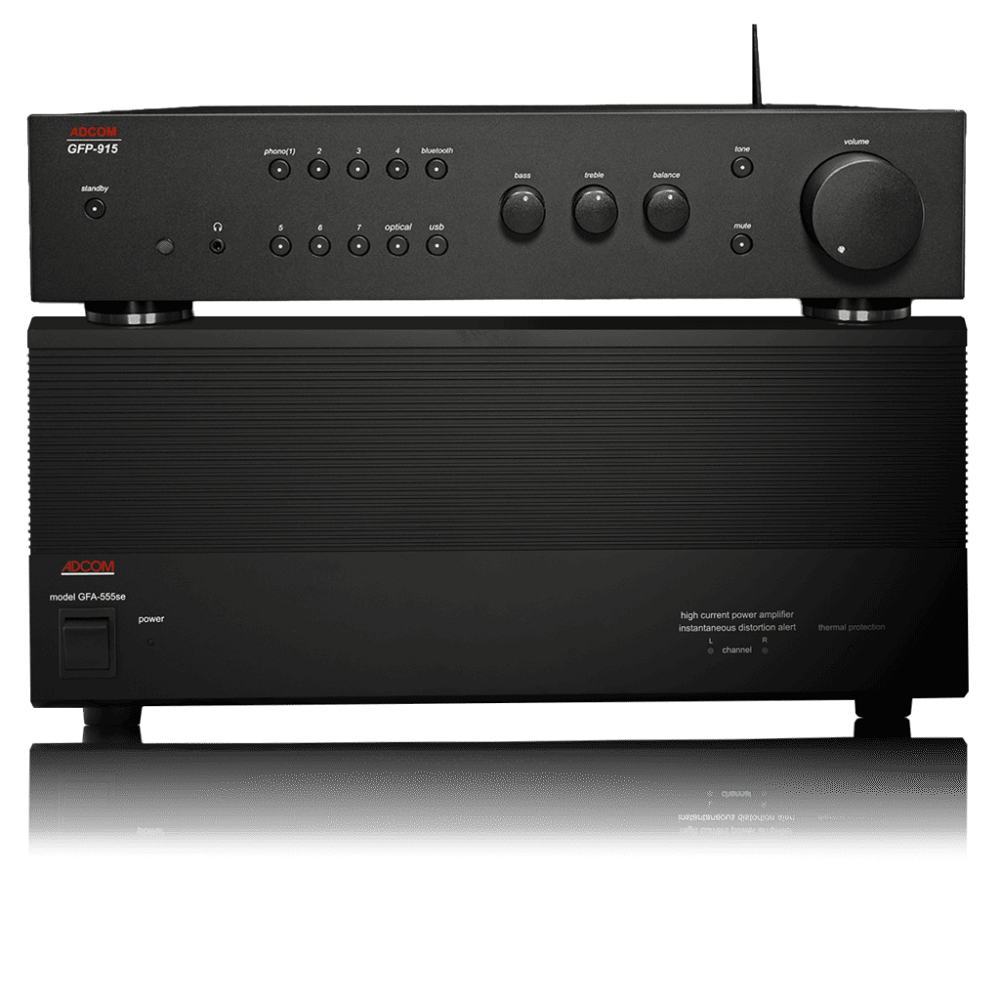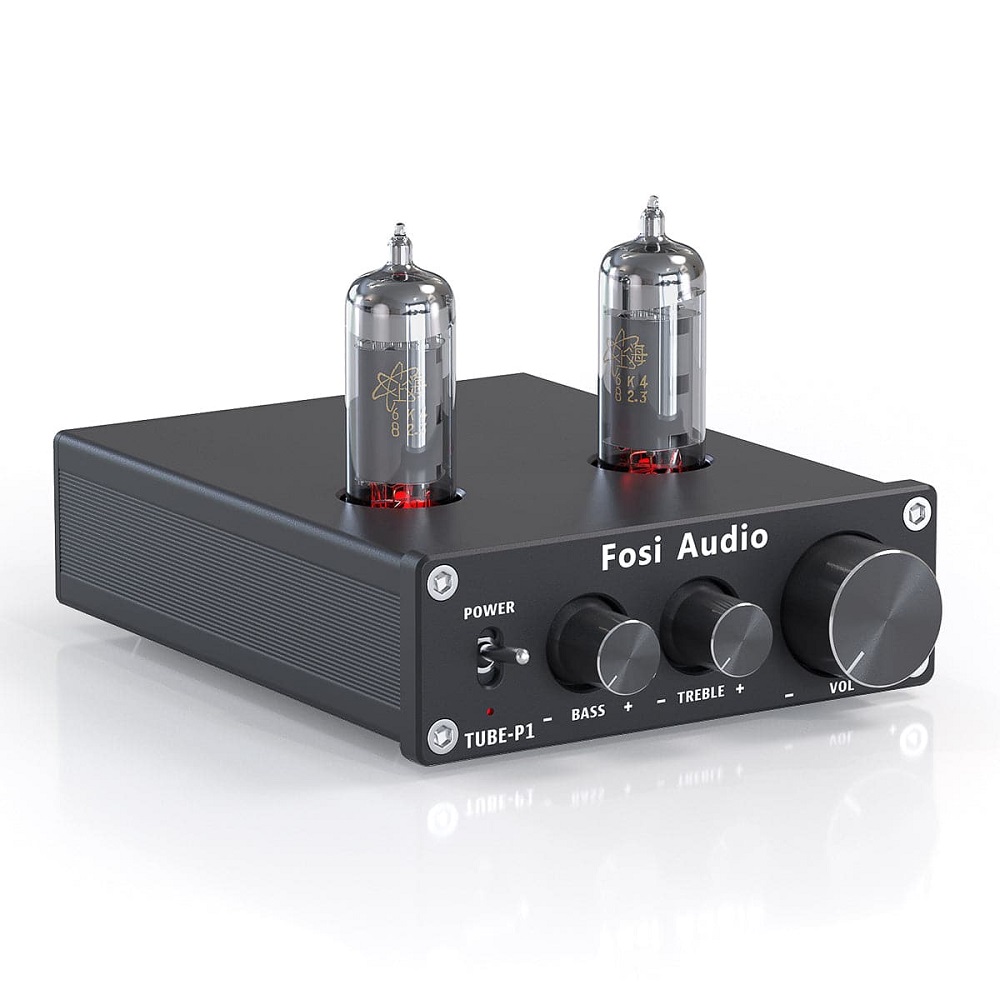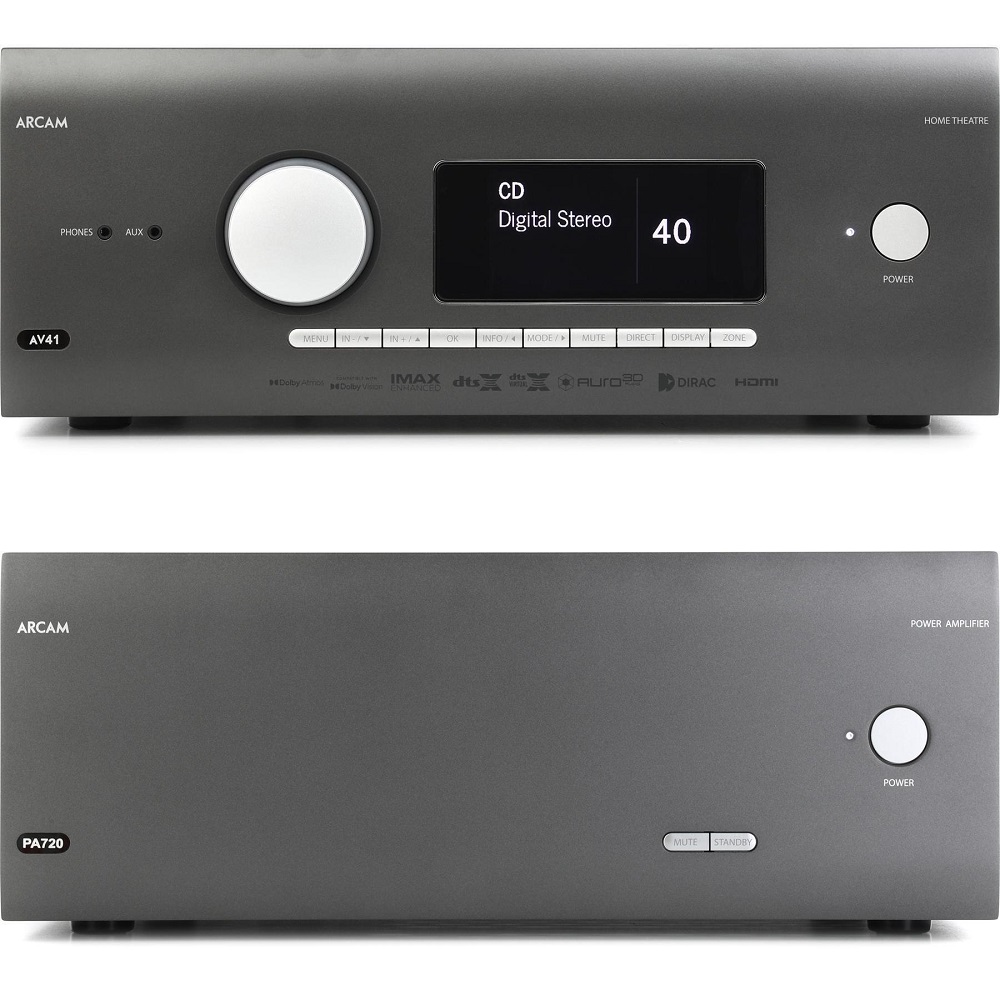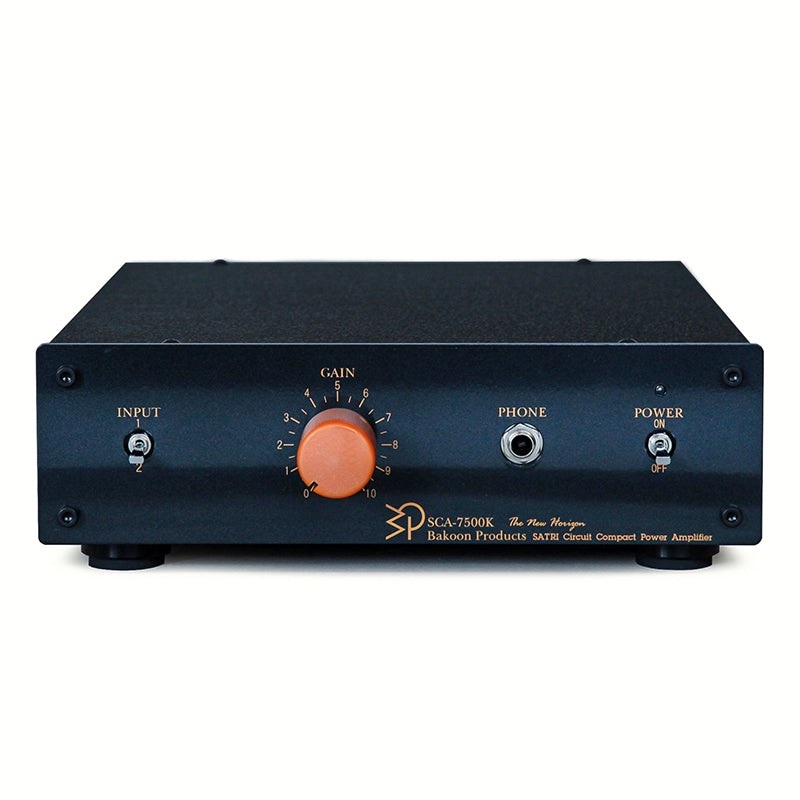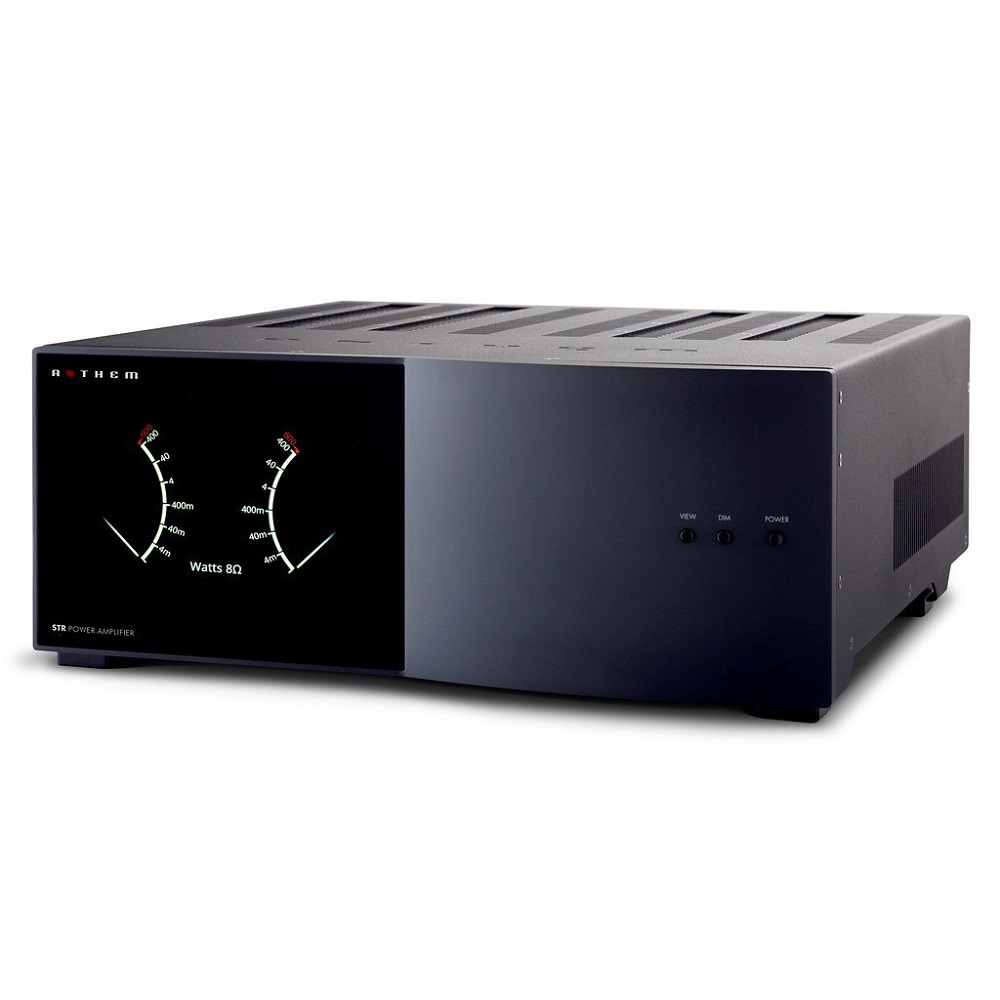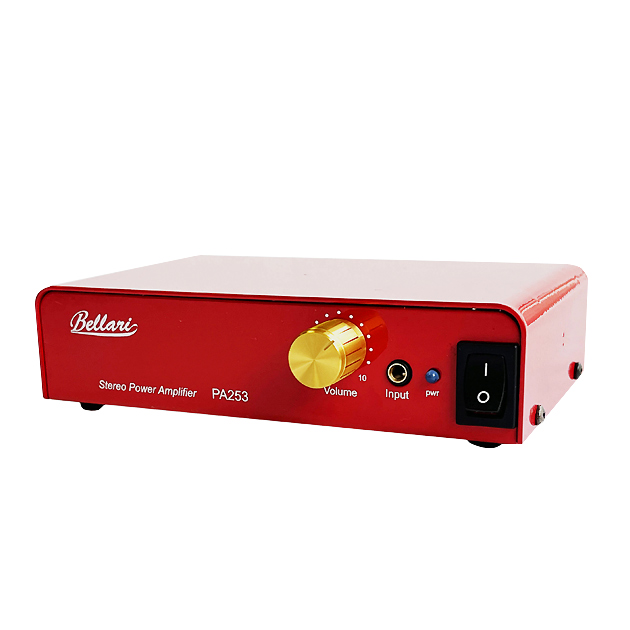Introduction to Preamp and Power Amplifier
A preamp and a power amplifier play crucial roles in audio setups. They work together to produce clear, powerful sound. Understanding these components helps in creating an efficient and high-quality audio system. Audio enthusiasts and professionals rely on the synergy between these two devices to achieve the best sound quality. While each has its specific function, they complement each other to drive speakers effectively. Let’s explore their roles in detail.
Preamp: The First Stage of Amplification
The preamplifier (preamp) is the initial stage in an audio signal path. It boosts weak signals coming from audio sources like microphones or instruments. These signals are often too weak to be sent to the power amplifier directly. The preamp ensures that the signal is strong enough to be further amplified. It manages volume control and tone shaping, which are crucial for audio quality.
Preamps come in various types, including phono preamps and microphone preamps. Each type customizes the signal boost according to specific needs. For instance, phono preamps work with turntables, adjusting the signal to match the recording ink technology used in vinyl records. Microphone preamps are ideal for studios where vocal clarity is essential.
Functionality is another important aspect of preamps. They can either be standalone devices or integrated into other audio components. Standalone preamps offer flexibility and often feature multiple input and output options. Integrated preamps simplify system design and are easier to use. However, they might limit system expansion.
Preamps also play a vital role in noise reduction. They ensure that the audio signal remains clean and free from any unwanted noise. This purity is essential for maintaining the quality during the sound amplification process. By controlling the initial sound levels, preamps ensure that the subsequent amplification stays smooth and clear.
The Importance of Quality in Preamps
The quality of a preamp directly affects sound reproduction. High-quality preamps offer cleaner sound with less distortion. They capture the nuances in audio signals, offering a richer and more authentic sound experience. This is especially important in environments such as music production studios or live performances.
Quality preamps involve sophisticated technology to manage audio signals efficiently. They incorporate advanced circuit designs to ensure optimal performance. These designs handle a wide range of frequencies, processing everything from bass to treble effectively. The versatility ensures that different musical styles can be reproduced accurately.
Moreover, preamps with higher quality components typically offer more durability. They are resilient against wear and tear and ensure consistent performance over time. Investing in a high-quality preamp is a long-term investment in achieving great sound. It’s important for buyers to consider factors like build quality and reliability when selecting a preamp.
Power Amplifier: Boosting the Output
After the preamp processes the signal, the power amplifier (power amp) takes over. The main role of the power amplifier is to boost the audio signal strong enough to drive speakers. Without a power amplifier, the sound from speakers would be too weak for the listener to hear. Power amps convert the signal into a high-voltage output that energizes the voice coils in speakers.
The power amplifier must handle significant levels of current and voltage. It magnifies the input signal’s power, achieving the necessary intensity for audible output. This amplification ensures that the sound reaches every corner of the venue or room. Therefore, the power amplifier is crucial for concerts, public address systems, and home theaters.
Power amplifiers come in various classes, such as Class A, B, AB, and D. Each class offers different advantages in terms of efficiency, sound quality, and heat generation. Class A amplifiers are known for their superior sound quality, while Class D amplifiers are praised for their efficiency and reduced heat output. Understanding these differences helps users select the right amplifier for their needs.
Another key function of power amplifiers is speaker compatibility. Power amps are designed to match specific impedance levels, usually measured in ohms. Matching an amplifier’s output impedance with a speaker’s input impedance is essential. It ensures efficient power transfer and prevents damage to the components.
The Role of the Power Amplifier in Sound Quality
The power amplifier’s influence on sound quality cannot be overstated. A well-designed power amplifier provides ample power without distorting the audio signal. This accuracy in amplification maintains the integrity of the original sound. On the other hand, inferior power amplifiers may introduce noise and distortion, degrading the audio experience.
Power amplifiers must handle wide dynamic ranges effectively. This means they can reproduce both soft and loud sounds without quality loss. Achieving this requires precision engineering and superior components. High-performance power amplifiers deliver sound with the richness and depth that audiophiles and professionals demand.
Heat management is another critical aspect of power amplifiers. Amplifiers generate heat during operation, which can affect performance. Efficient heat dissipation ensures the amplifier remains at optimal performance. Manufacturers employ heat sinks and cooling fans to maintain ideal operating temperatures, preserving the sound quality over extended periods.
Durability also matters in power amplifiers. Sturdy construction and reliable components ensure consistent performance. Quality power amplifiers can withstand prolonged use without compromising on functionality. Users must consider these factors to ensure a solid and lasting investment.
Synergy Between Preamp and Power Amplifier
Importance of Matching Preamp and Power Amp
For the best audio experience, matching the preamp with the power amp is crucial. Both components need to harmonize in terms of voltage levels and impedance. This compatibility ensures smooth signal transition and optimal sound quality. A mismatch can lead to issues such as signal loss or distortion, affecting overall performance.
Impedance matching is a technical necessity in audio systems. When the impedance levels of the preamp and power amp align, the signal transfer is more efficient. This efficient transfer ensures no loss in sound quality. It’s essential for achieving the clarity and fidelity desired by audio professionals.
Another crucial element is gain structure. Proper setting of gain levels prevents unwanted noise and distortion. The preamp and power amp should have their gains set in complementing levels. Careful adjustment ensures that both components work within their optimal ranges, delivering clean and powerful audio output.
Benefits of a Well-Matched System
Ensuring compatibility between the preamp and power amp brings numerous benefits. A well-matched system offers clear, distortion-free sound. It enhances both the listening and performing experience. This ensures that artists can communicate their intentions effectively and audiences can enjoy the full richness of the sound.
Additionally, a compatible system is more energy-efficient. Properly matched components ensure that the power amplifier operates at its most efficient. This results in reduced electricity consumption, which is not only environmentally friendly but also cost-effective in the long run.
Well-matched systems also mean improved durability. When both the preamp and power amp work within their designed specifications, there is less strain on the components. Reduced wear and tear translate to a longer lifespan for the equipment, providing long-term savings and reliability.
Choosing the Right Preamp and Power Amplifier
Factors to Consider When Selecting Preamps
Choosing the right preamp involves a few critical considerations. First, understand the intended use of the audio system. This helps narrow down the type of preamp needed. It’s vital to consider what source devices will connect to the preamp. Whether it’s turntables, microphones, or digital devices, knowing the source aids in the selection process.
Another important factor is the preamp’s sound character. Some preamps provide a warm tone, while others offer a more neutral sound. Choosing a preamp that complements the desired audio style is necessary. Listening to different preamps in person is often recommended to determine which one aligns with personal taste.
Budget also plays a significant role in selecting a preamp. Preamps vary widely in price, from affordable models to high-end systems. Setting a budget beforehand helps in narrowing down options. However, it’s important not to compromise too much on quality, as a subpar preamp can negatively affect the entire audio experience.
Technical specifications also demand attention. Reviewing specs such as gain, frequency response, and total harmonic distortion (THD) is helpful. These specifications offer insight into how the preamp will perform and can aid in comparisons between different models. Understanding these technical details ensures making an informed decision.
Factors to Consider When Selecting Power Amplifiers
Selecting a power amplifier requires considering different factors. One crucial aspect is the amplifier’s power output. The amplifier should have enough power to drive the connected speakers. Underpowered amplifiers can result in poor quality sound and even potential damage to speakers.
Efficiency also matters. Some amplifiers are more efficient in converting electrical power into sound. Knowing the different amplifier classes, such as A, AB, and D, helps make an informed decision. Each class has its unique advantages and trade-offs, making it vital to select one that aligns with specific needs.
The amplifier’s impedance capability is another important factor. Matching the amplifier with the speakers ensures a stable and efficient performance. It’s prudent to confirm that the amplifier’s impedance range suits the speakers it will power. Selecting the wrong impedance can lead to suboptimal sound quality or equipment damage.
Installation and Setup Tips
Proper Installation Techniques
Proper installation of preamp and power amplifier is pivotal for achieving the best performance. The placement of these components affects the overall audio experience. Preamps should be placed away from power sources to avoid interference. Keeping them in a well-ventilated area prevents overheating and extends their lifespan.
Proper cable management is also essential. Using high-quality cables reduces signal loss and interference. Ensuring connections are secure prevents unwanted noise or signal degradation. Organizing cables neatly reduces clutter and the risk of damage. This attention to detail contributes to a cleaner and more stable audio setup.
Furthermore, proper grounding is necessary for audio systems. A well-grounded system ensures stable performance and prevents unwanted noise. Regularly checking connections and maintaining electrical safety is essential. Following these practices averts potential problems that can disrupt audio quality.
Calibration and Tuning
Calibration and tuning ensure that the audio system performs optimally. Adjusting gains on both the preamp and power amp ensures balanced sound. Careful consideration of these settings prevents distortion and enhances clarity. It’s important to follow manufacturer guidelines while tuning to prevent equipment damage.
Using audio test tracks can help during the calibration process. These tracks test the system’s dynamic range and clarity. Listening for any distortion helps in fine-tuning the settings. Making incremental adjustments allows for precise tuning, ensuring that the system delivers the intended audio quality.
Room acoustics also play a significant role in system performance. Properly understanding the room’s acoustics helps in adjusting the system accordingly. Using acoustic panels or adjusting speaker placement can mitigate unwanted echoes or sound reflections. Addressing room acoustics creates a more immersive sound experience.
Conclusion: Maximizing Audio Potential
Preamp and power amplifiers are integral to any high-quality audio system. Understanding their roles and ensuring their compatibility unlocks their full potential. Investing in quality components and paying attention to installation and calibration ensures optimal performance. By doing so, users can experience sound as intended, enjoying every nuance and detail. Whether for professional use or personal enjoyment, maximizing the synergy between preamp and power amplifier elevates the entire audio experience.
